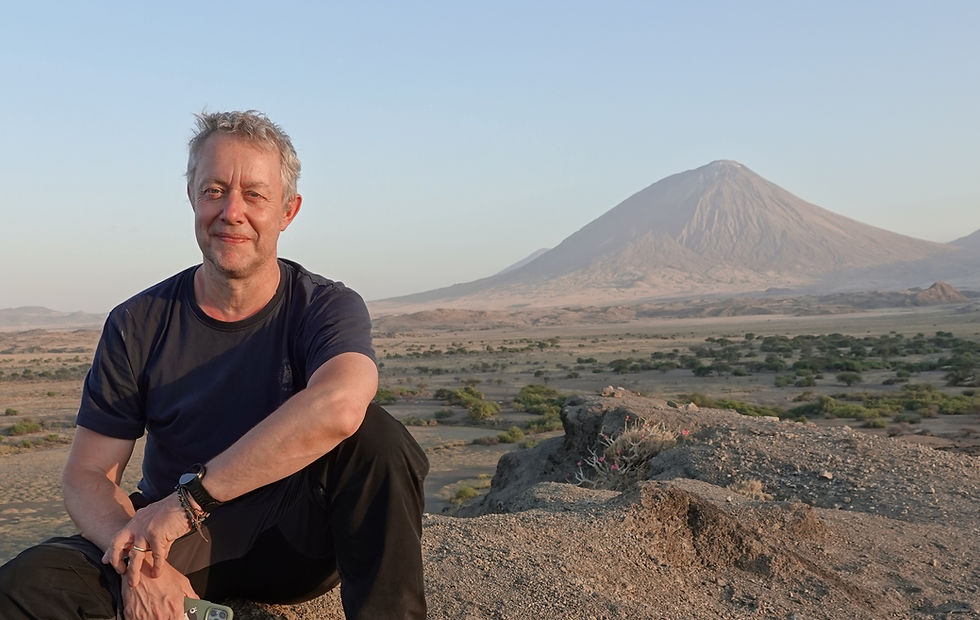When do leaders use coaching?
- Sep 5, 2022
- 2 min read
Updated: Sep 6, 2022
I've always been amazed at how top sportsmen use coaching to increase performance. Together with their coach they explore, they reshape, they increase performance, they practice with discipline until they reach mastery.

Over the past years, I have noticed that many Senior Executives still see leadership coaching as “remedial”, as opposed to something that enhances high performance.
The biggest added-value I see in Leadership Coaching is higher performance and inner peace through self-mastery.
In other words, the ability for executives to:
pause and connect with what they stand for
build awareness of their recurrent habits of doing, thinking and feeling under pressure,
step back from these habits and have better choices,
put a new concrete behaviour into practice that leads the organisation toward higher performance and more value for all stakeholders.
practice to achieve mastery
Take Michael, a high-potential General Manager at a food service company facing high market complexity. Michael entered coaching in the middle of a cultural transformation. He knew his dominant leadership style had to give more space to a “shared leadership” approach. Still, under pressure, he had strong difficulties to listen and trust his environment.
Through coaching, he developed a more subtle awareness of his habit of directing and controlling, learned to step back from this habit and started to literally practice a new way of being where emotion, body, thought and action were aligned towards a more appropriate “shared leadership” style. Within a year, he successfully completed the transformation he was leading.
When do Executives use Coaching?
Last year, most executives came to me with the same kind of topic:
"I want to increase impact and accelerate the transformation”
"I want to manage conflict in a more skilful way"
"I want to increase shared leadership"
"I want to clarify priorities and keep the focus"
"I want to deliver results without losing my physical and mental balance“
"I want to increase meaning and well-being”
"I want to build a resilient team"
While leaders come for the “what to do” regarding a recurrent difficulty, they finally spend most of their time learning the “who to be” in order to stay true to themselves and act skillfully under pressure. And, to me, that’s what coaching is about.
Coaching is what you learn after you “know” it all.
How does it work? A somatic approach to leadership development is helpful to bridge the gap between knowledge and skillful action, specifically under pressure.
Somatic coaching integrates body, emotion, mind, stories, action and relationships to increase performance and well-being in a sustainable way. This coaching (developed by Richard Strozzi-Heckler in California during the eighties), incorporates techniques inspired by neuroscientific research, social psychology, mindfulness and martial arts.
For more information about leadership coaching programmes, click here or contact me at henrard@ninedots.be

Manu Henrard is a Leadership Coach and an Executive Recruiter based in Brussels. He is also an associate from the Strozzi Institute for embodied leadership. Manu's professional commitment is to help leaders increase meaningful productivity and achieve inner peace. More about his coaching program here.



Comments